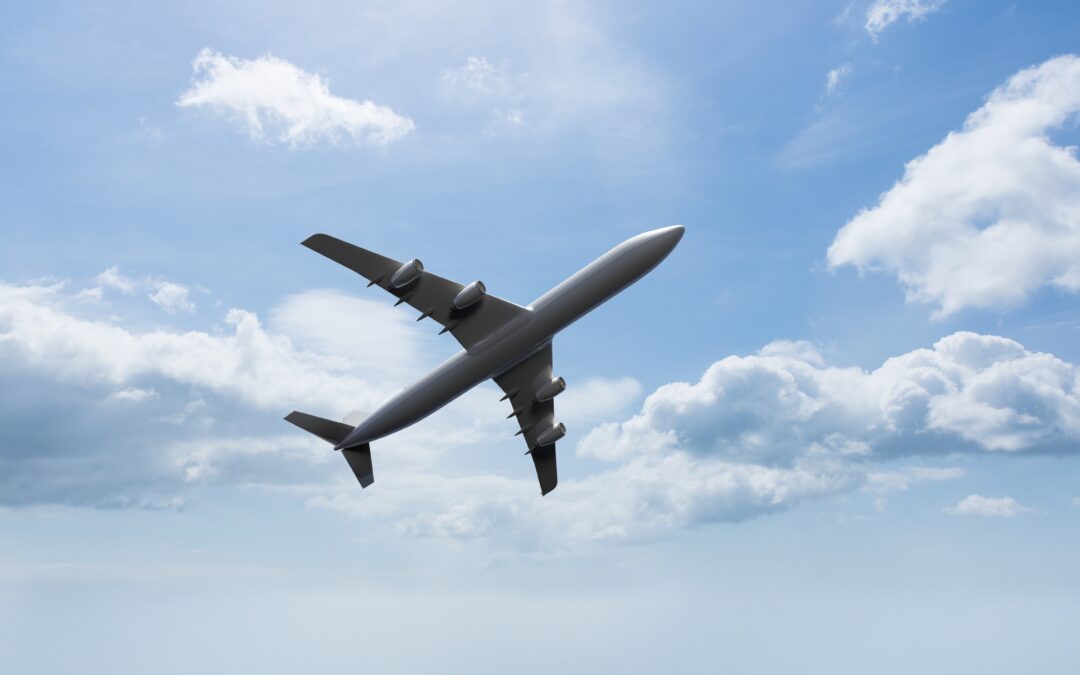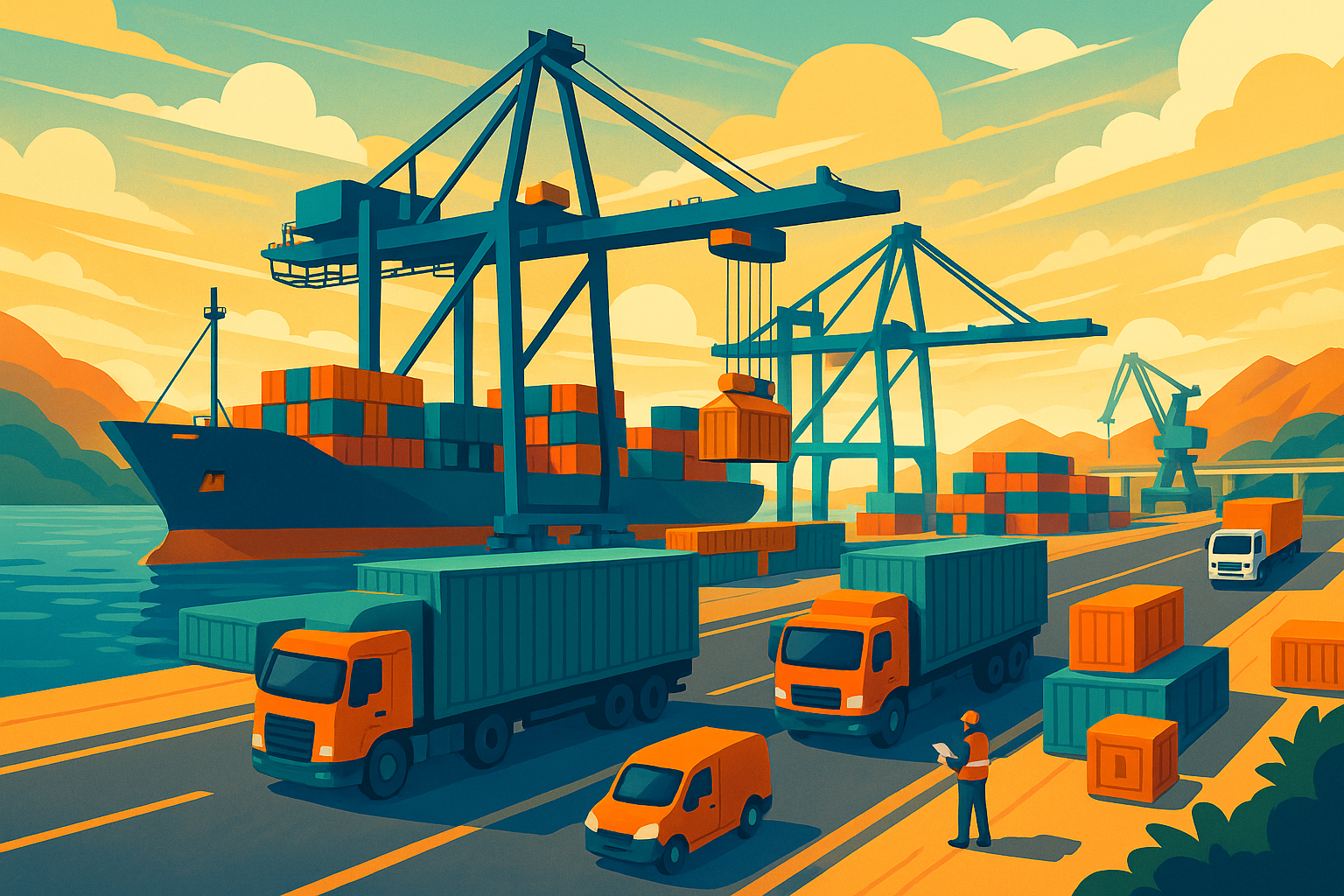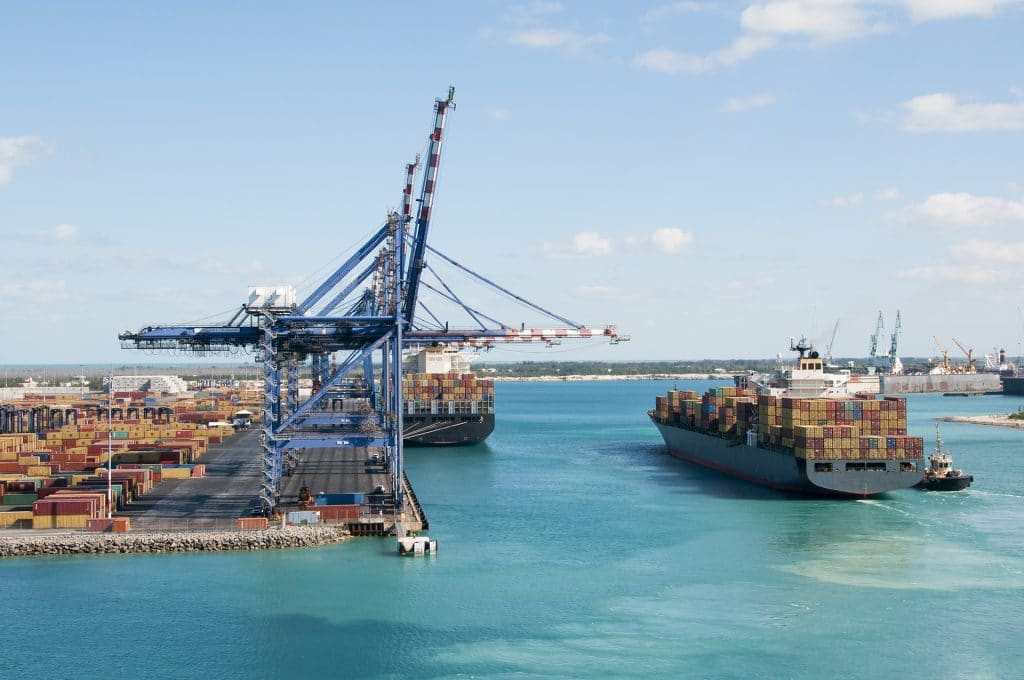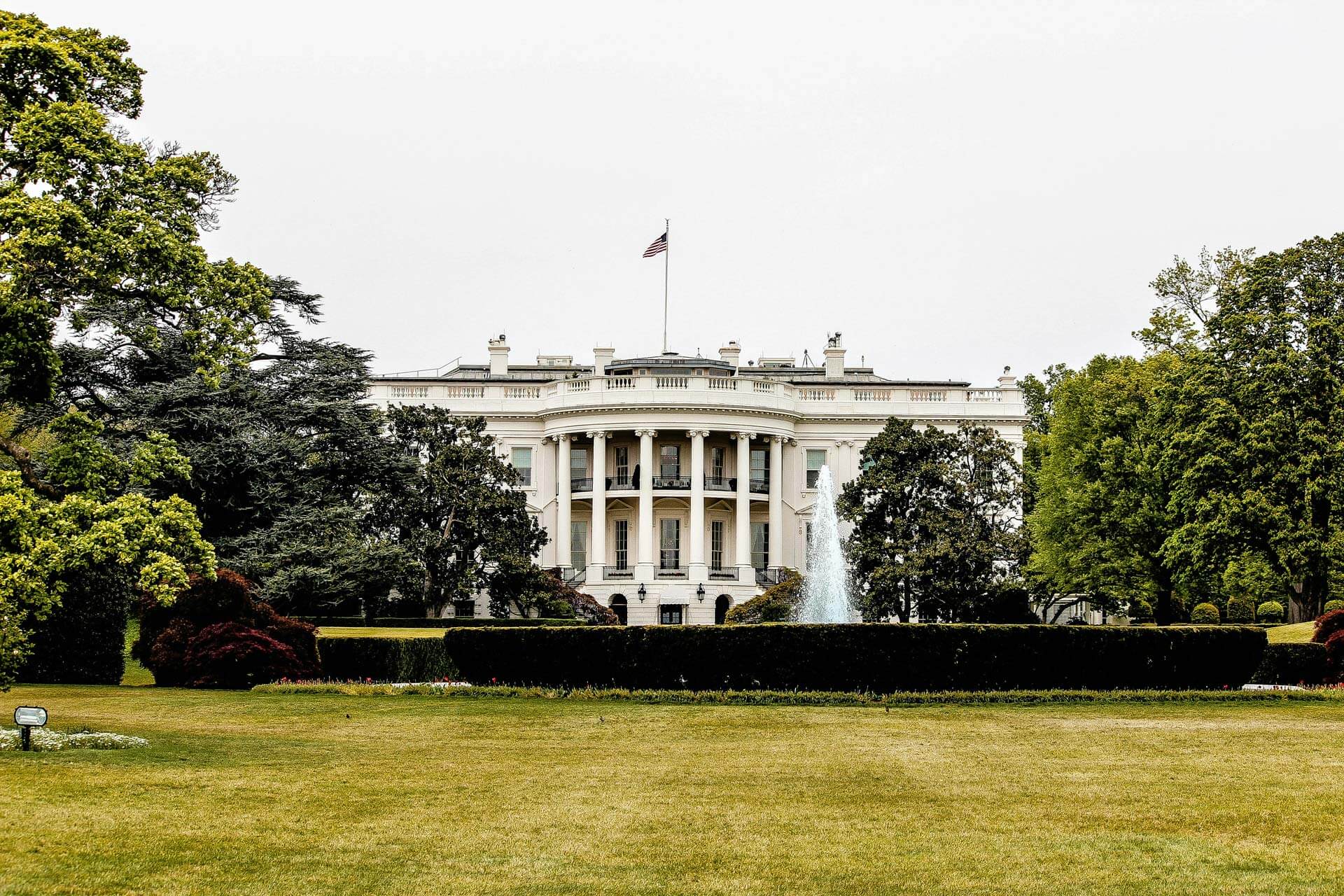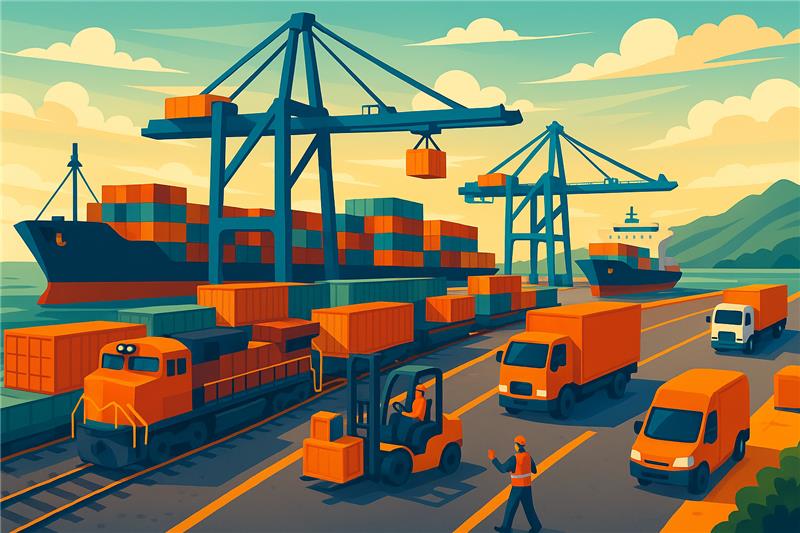This week:
- Air cargo peak season soars, straining capacity and prices
- LA-LB ports announce $25 million investment in electric truck charging infrastructure
- Panama Canal increases ship traffic as freshwater reservoir hits normal summer levels
- US ports fight back against White House plan to levy Chinese-made cranes
- Red Sea crisis diversions not viable in the long term, industry CEO says
Air Cargo Peak Season Continues to Soar, Placing Strain on Capacity and Prices
An extended air cargo peak season, which began late last year, continues to fly high. Analysts and industry observers note demand surpassed global supply throughout the first half of 2024 and shows no signs of slowing down.
According to freight intelligence and rate benchmarking platform Xeneta, air cargo weight increased 13% in June. Global air cargo volumes have hit double-digit percentage growth marks in each of the last six months. Conversely, capacity experienced its slowest growth so far in 2024, with only a 3% increase over June 2023 figures.
Niall van der Wouw, Chief Airfreight Officer for Xeneta, spoke to the Journal of Commerce last week and noted the supply-demand imbalance’s upward impact on air freight rates. According to van de Wouw, air cargo spot rates from China to the US have surged in large part due to the ongoing success of e-commerce companies such as Temu and Shein in America.
Subscribe to JMR’s Weekly Supply Chain Roundup!
Stay informed with the latest supply chain news, trends, and insights. Get it delivered directly to your inbox every week.
LA-LB Ports Investing $25 Million in Truck Charging Infrastructure
On June 27, the Ports of Los Angeles and Long Beach announced a $25 million investment in charging infrastructure for electric heavy-duty trucks. The initiative is part of a larger $135 million project led by the Mobile Source Air Pollution Review Committee to install more than 200 charging units across eight sites in Southern California.
The $25 million funding comes from the LA-LB ports’ Clean Truck Fund, a program established to support the transition to a zero-emissions truck fleet by 2035. The program is funded via the Clean Truck Fund Rate, which has been imposed since April 2022 at $10 per 20-foot equivalent unit or $20 per 40-foot equivalent unit.
Exemptions from the rate are provided to containers hauled by zero-emission trucks. In March 2024, the Port of Los Angeles announced it had collected $78 million from the rate up to that point, with the Long Beach Port having raised nearly $75 million.
The LA-LB ports are also partnering with the State of California to offer vouchers up to $250,000 for the purchase of zero-emission trucks.
Panama Canal Increases Ship Traffic as Freshwater Levels Stabilize
The Panama Canal Authority (ACP) issued an advisory at the end of June announcing it will increase ship traffic since the canal’s freshwater reservoirs are approaching normal summer levels. The announcement follows months of services being rerouted away from the canal due to transit restrictions.
Starting in August, the canal will open an additional booking slot for neo-Panamax vessels, the largest class of ships capable of using the waterway. This adjustment will increase the number of neo-Panamax daily transits to nine.
The ACP also announced it will add an additional booking slot for super-Panamax ships in the fall, further increasing cargo capacity and improving efficiency for vessels transiting the canal. Super-Panamax ships are slightly smaller than neo-Panamax vessels.
US Ports Warn of Dire Consequences From Tariff on Chinese Cranes
The Biden administration recently announced plans to levy a new tariff on Chinese-made ship-to-shore (STS) cranes, prompting US port and marine terminal operators to push back.
Ports in California, Florida, South Carolina, Texas, and Virginia all wrote letters to US Trade Representative Katherine Tai last week asking for a delay or withdrawal of the tariff. They cited dire economic risks if the new levy is imposed and claimed there are no viable alternatives to the cranes produced in China. The letters say the proposed 25% duty would add more than $130 million in unexpected costs.
Cary Davis, President and CEO of the American Association of Port Authorities, wrote that the tariff would “result in negative outcomes, including grave harm to port efficiency and capacity, strained supply chains, increased consumer prices, and a weaker US economy.”
CEO: Long-Term Diversions Around Southern Africa Not Viable
In an editorial for the Journal of Commerce published July 1, Vespucci Maritime CEO Lars Jensen reflected on the industry impact of the Red Sea crisis and what it would take for shippers to continue to avoid the Red Sea and Suez Canal long-term.
Jensen noted that it’s been more than seven months since the Galaxy Leader was hijacked by Houthi rebels operating from Yemen, and more than six months since major container carriers felt compelled to divert services from Asia to Europe around southern Africa for safety reasons.
Since then, land-based strikes by US and coalition forces have failed to neutralize the threats, leading to continued diversions. To keep up with the diversions long-term, Jensen argues, would require ordering significantly more container ships than are currently in the global fleet.
The Red Sea is critical for container routes, with some 30% of the world’s shipping container traffic using the waterway.
